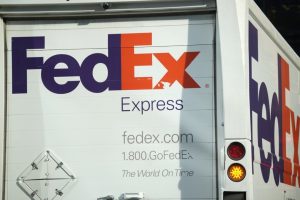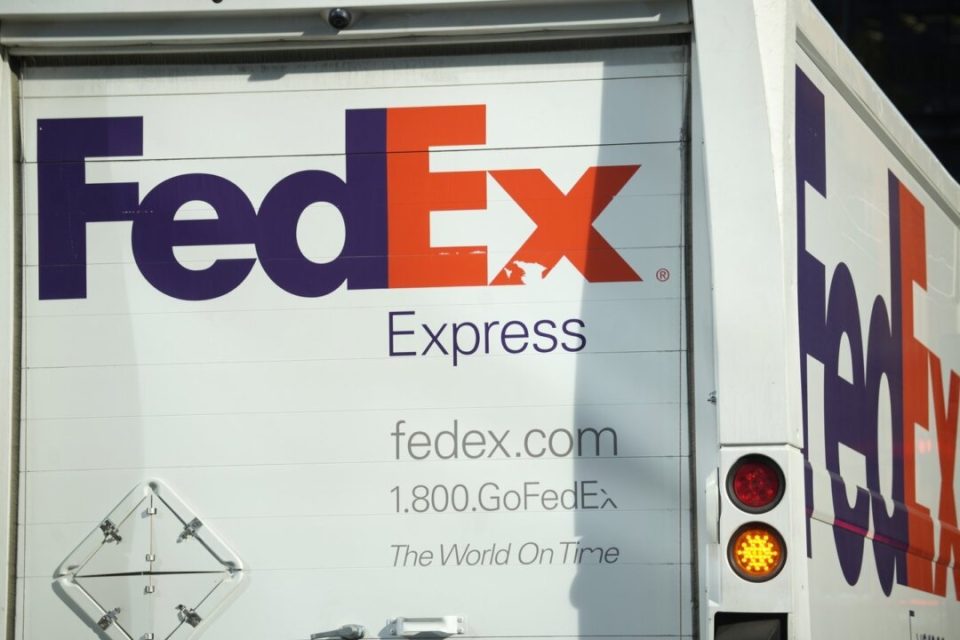A New Chapter in Customer Experience: FedEx Split Into Two to Focus on What Matters Most to Customers
For decades, FedEx has been synonymous with reliable, fast delivery—whether it’s a small package being shipped across the street or a critical business document traveling across continents. But recently, as the logistics landscape has evolved and customer demands have shifted, FedEx found itself at a crossroads. The company, once hailed as the gold standard for parcel delivery, began to realize that in order to stay ahead in an ever-changing market, it would need to rethink its approach. And that’s exactly what it did.
In a groundbreaking announcement, FedEx shared plans to separate itself into two publicly traded companies: FedEx (focused on global parcels) and FedEx Freight (specializing in less-than-truckload or LTL services). This bold move, just ahead of the crucial holiday season, sent shockwaves through the stock market, but more importantly, it signaled a renewed commitment to putting customers first. This separation is not just about business structure—it’s about reshaping how FedEx serves its customers, ensuring that each entity can focus on what matters most to their specific customer base.
The Growing Need for Specialization
For years, FedEx has been known for its vast scale. Its global network has enabled it to offer a wide range of services, from document delivery to freight logistics, spanning different industries and sectors. But with such a broad scope, the company faced an increasingly difficult challenge: how to serve both the fast-paced demands of parcel delivery customers and the unique needs of the freight industry, all under one roof.
The key issue, as CEO Raj Subramaniam pointed out, was the dynamic nature of the LTL market. LTL shipments, which involve the transportation of smaller freight loads, are drastically different from parcel delivery in terms of logistics, customer expectations, and business requirements. While FedEx was trying to serve both needs under one umbrella, it was clear that the complexity of this approach had started to undermine its ability to optimize services and allocate capital effectively.
The split into two companies allows FedEx to double down on parcel delivery, focusing on the speed, convenience, and global reach that customers expect from their parcels. Meanwhile, FedEx Freight can concentrate solely on the LTL market, tailoring its approach to the distinct needs of businesses that rely on freight for their supply chains. This shift allows both companies to enhance their customer experience (CX) by focusing on the specific needs of their respective markets.
FedEx Split: Improved Customer Experience through Focused Solutions
The customer experience story begins with focus. By splitting into two companies, each will be able to prioritize and deliver better value to its target customer base. Here’s how this translates into real, tangible improvements for customers:
- More Tailored Solutions
In the past, customers in the parcel market and those in freight had to navigate a complex system that tried to serve both needs under a single organization. With the separation, FedEx can now offer a more streamlined, intuitive service for its parcel customers. For businesses that need to ship smaller packages, customers can expect faster, more predictable delivery times as the company focuses on fine-tuning its parcel logistics. Meanwhile, FedEx Freight can offer specialized services for businesses with LTL needs, such as more flexible shipping options, improved tracking for freight shipments, and better coordination across the supply chain.
Whether you’re a small business shipping packages or a large manufacturer coordinating freight across continents, the separation ensures that each service provider can meet the specific needs of its customer base.
FedEx Split Improves Customer Support
- Faster and More Responsive Customer Support
As a result of the separation, both FedEx and FedEx Freight will be able to focus their customer service teams on the unique challenges of their respective markets. Parcel customers can expect even more personalized support for urgent or time-sensitive shipments, while freight customers will benefit from specialized teams who understand the intricacies of the LTL sector. A focused, expert-driven customer service team can respond faster and more effectively to the growing needs of both industries. - Better Capital Allocation and More Efficient Operations
One of the major benefits of this separation is the ability for each company to allocate capital in a way that directly benefits its customers. FedEx can now invest more heavily in innovation and technology that supports its parcel business, such as enhancing its tracking systems, expanding its network of delivery hubs, and improving sustainability efforts. On the other hand, FedEx Freight can direct resources toward upgrading its LTL operations, whether through expanding its fleet, improving logistics software, or investing in greener freight solutions. For customers, this means better service at a lower cost—because both companies can direct resources more efficiently and effectively. - Agility in Adapting to Changing Market Conditions
The separation positions both companies to be more agile in the face of changing market demands. FedEx has acknowledged the impact that digital transformation has had on the demand for physical deliveries, with the rise of online communication reducing the need for traditional document shipping. By splitting, FedEx can better respond to the evolving expectations of its parcel customers, exploring new digital and e-commerce-related solutions. Meanwhile, FedEx Freight can more easily adapt to shifts in the global supply chain and logistics sectors, ensuring that it provides businesses with reliable freight options as they navigate global trade challenges.
Customer Trust and Long-Term Value Creation with FedEx Split
As FedEx embarks on this new chapter, it’s clear that this move is about more than just business strategy—it’s about delivering value to its customers in a way that wasn’t possible under the old structure. The commitment to “doing what’s best for customers, team members, and stockholders,” as stated by FedEx’s leadership, speaks directly to the customer-centric philosophy that underpins the company’s transformation.
For customers, this split translates into a promise that FedEx will not only continue to be the trusted name in logistics but will work even harder to understand their evolving needs. By focusing on specialized services, offering enhanced support, and improving overall efficiency, FedEx is poised to redefine what excellent customer experience looks like in both the parcel and freight sectors.

The Road Ahead: FedEx Split A Customer-Centered Future
In a world where customer expectations continue to rise, FedEx’s decision to split into two companies demonstrates a deep commitment to creating value for its customers. The company recognizes that a one-size-fits-all approach no longer works in a complex, fast-paced logistics environment. By concentrating on what each business does best, FedEx is setting itself up for long-term success in delivering the kinds of experiences that today’s customers demand—whether they are businesses looking to ship freight across the globe or individuals sending a package to a loved one.
The separation marks the beginning of a new era for FedEx, one where customer needs are at the heart of everything the company does. Through innovation, focus, and agility, FedEx is poised to not only meet but exceed the expectations of its customers—unlocking even greater value and fostering trust that will last for years to come.

